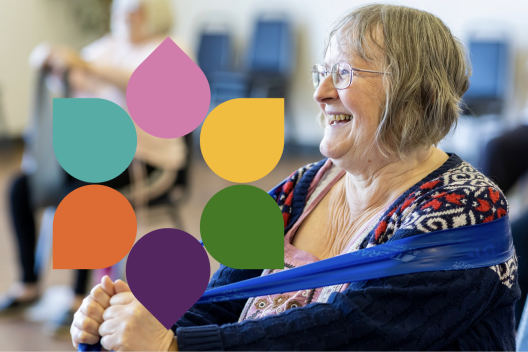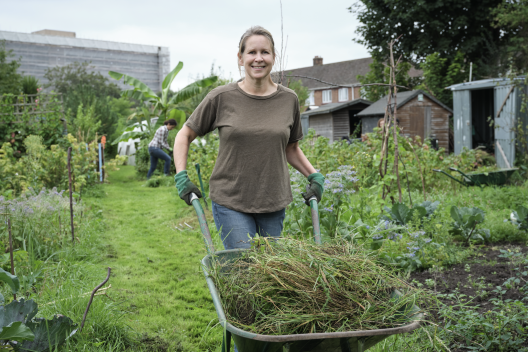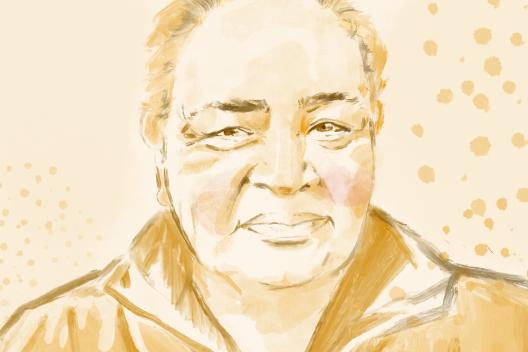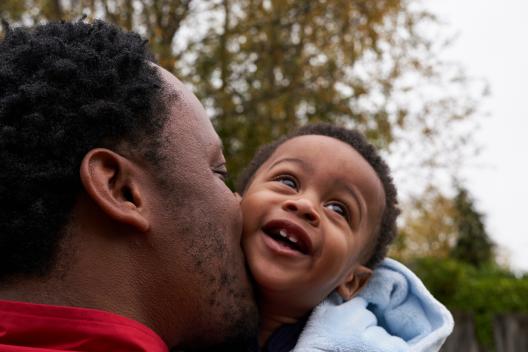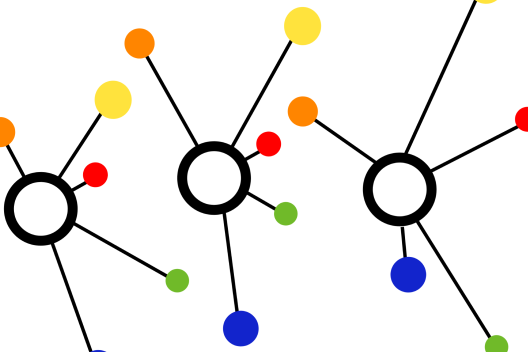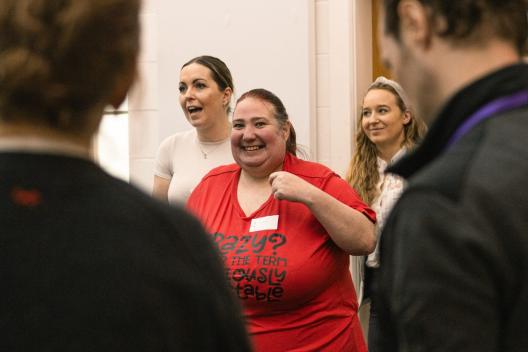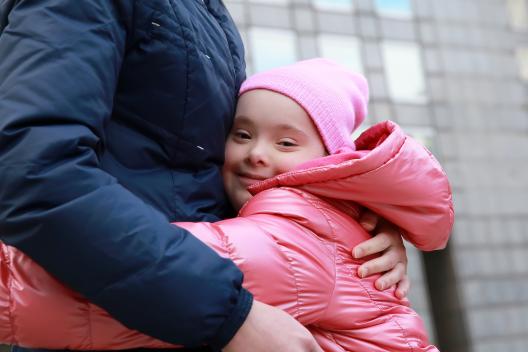Our mission is to reduce inequalities and transform systems by growing people-powered innovations.
Innovation Unit is a not-for-profit social enterprise. We’ve been designing and scaling innovative solutions to social challenges for 20 years, alongside partners who share our values and ambition for change.
About us
Recent work
Explore how we've made an impact
All projects
Latest updates
Our latest blogs, news and opportunities
All updates
